Share
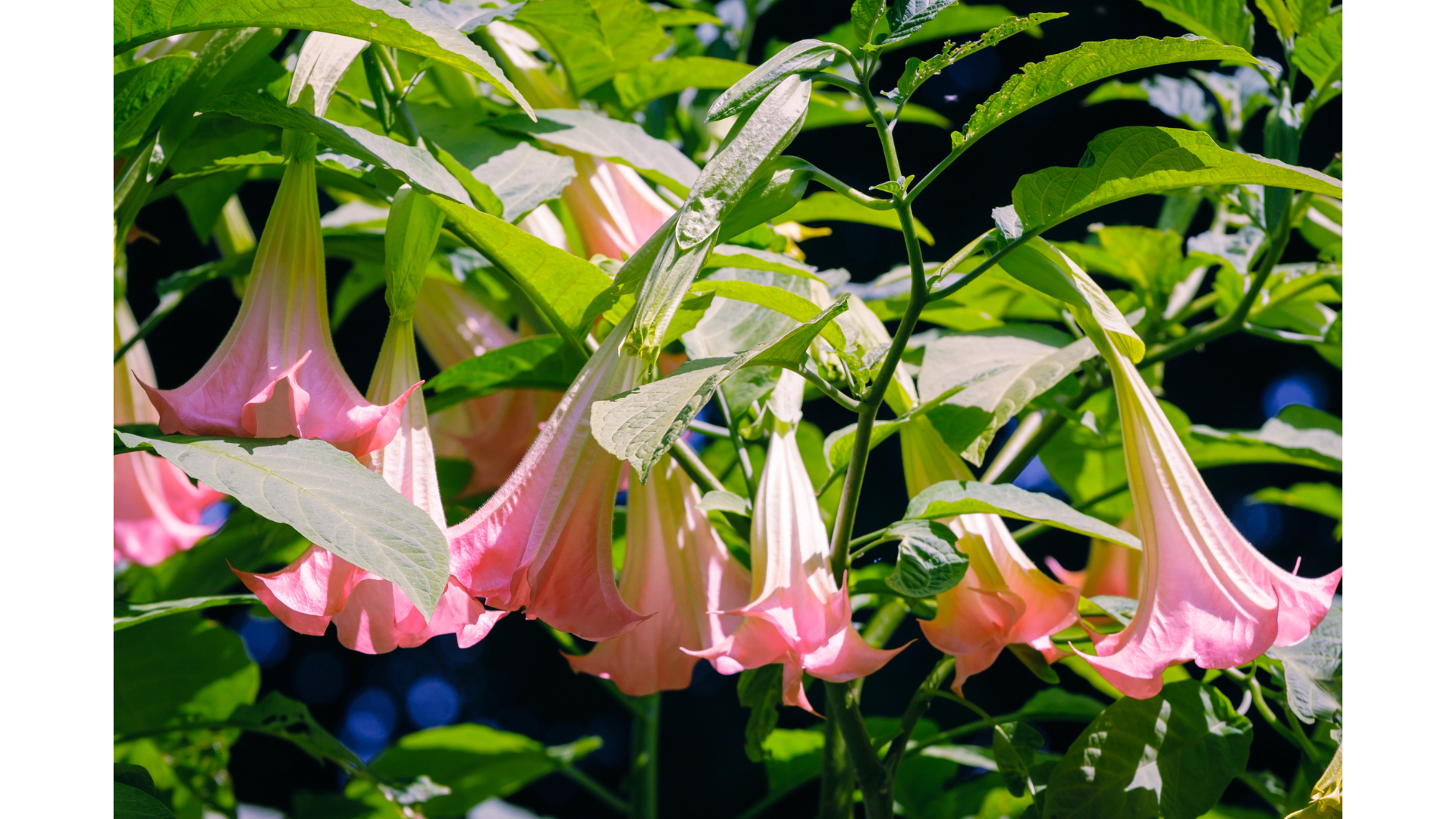
Angel’s Trumpet (Brugmansia) in the High Desert: Beauty with Caution
If you live in the high desert, you know how challenging it can be to cultivate plants that thrive in such a harsh environment. Yet, there’s one stunning plant that can add a tropical flair to your landscape: Brugmansia, commonly known as Angel’s Trumpet. With its dramatic, trumpet-shaped flowers and intoxicating fragrance, Brugmansia can transform any garden. However, it’s important to approach this beautiful plant with care due to its toxicity.
Brugmansia: A Desert Jewel with Tropical Elegance
Brugmansia is known for its large, pendulous flowers that resemble trumpets, often in shades of white, yellow, pink, and orange. While this plant originates from the subtropical regions of South America, it can also flourish in high desert environments with some extra care. The striking blooms typically hang downward, creating a cascade of color and an alluring fragrance that’s most noticeable in the evenings.
Though it has a tropical look, Brugmansia can be cultivated in the high desert with attention to its specific needs. Growing as a shrub or small tree, it can provide dramatic visual appeal when planted in well-drained soil and placed in areas with afternoon shade, which is essential in the intense desert heat.
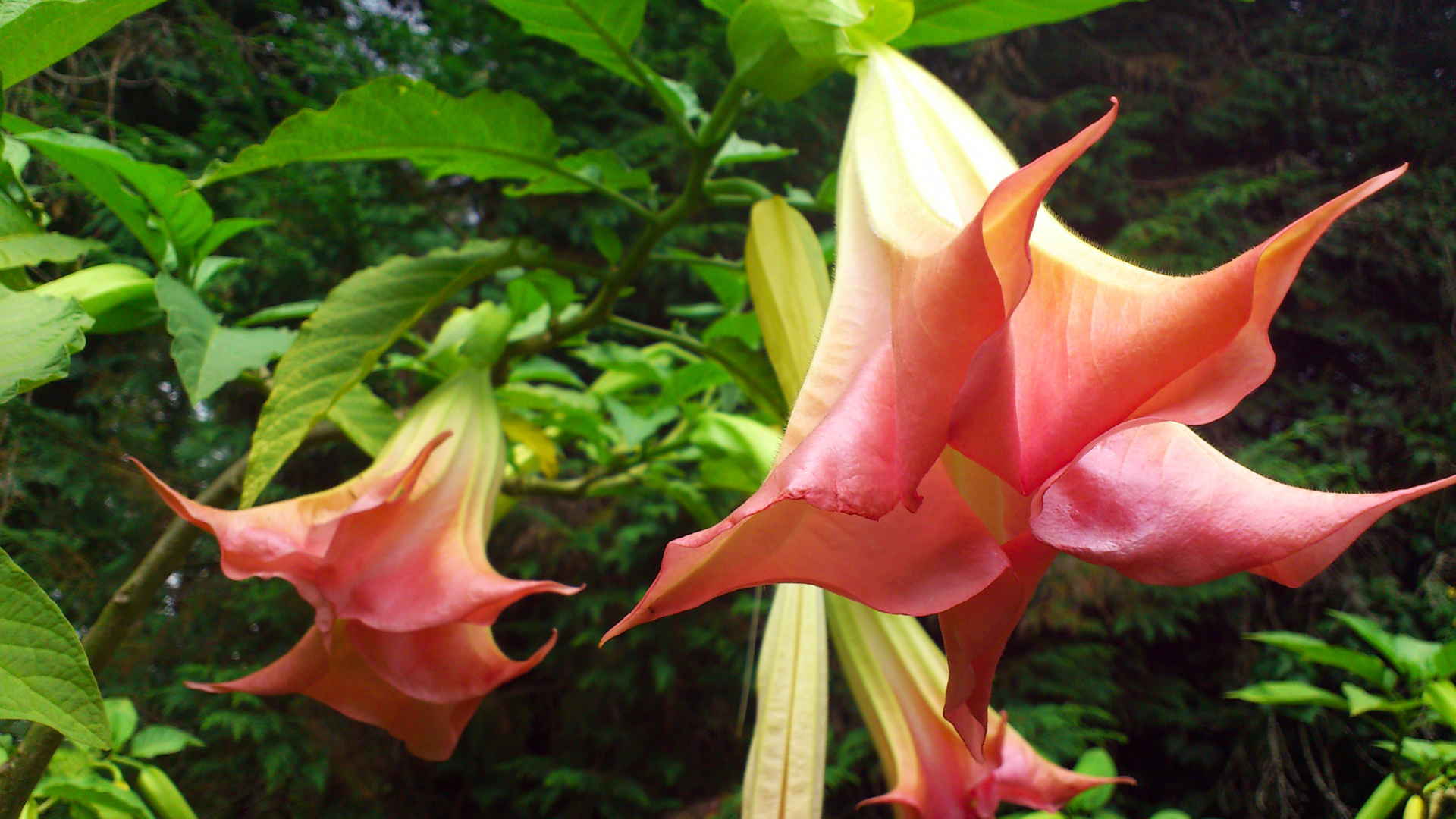
Distinct from Regular Trumpet Vines
It’s important to note that Brugmansia is not the same as the commonly grown trumpet vine (Campsis radicans), even though they share similar names. While both plants have trumpet-shaped flowers, trumpet vines are much more aggressive and hardy, making them better suited to a variety of climates, including the high desert. Brugmansia, on the other hand, is more delicate and requires more attention to survive in such conditions. Additionally, trumpet vines are not toxic, unlike Brugmansia, which contains powerful alkaloids.
The Toxicity of Brugmansia
While Brugmansia’s beauty is undeniable, it is crucial to be aware of its toxicity. All parts of the plant contain toxic tropane alkaloids such as scopolamine, hyoscyamine, and atropine. Ingesting any part of the plant, even in small amounts, can lead to serious health problems, including hallucinations, delirium, paralysis, and in extreme cases, death. The plant’s toxicity is not limited to ingestion; it can also cause irritation if touched or if the sap comes into contact with skin or mucous membranes.
Safety Tips for Growing Brugmansia in the High Desert
If you decide to grow Brugmansia in your high desert garden, it’s essential to take precautions:
- Keep Out of Reach: Ensure that the plant is planted where children, pets, and livestock cannot easily access it. Consider planting it in an enclosed area or in large containers that can be moved out of reach.
- Protect Yourself When Handling: Always wear gloves and long sleeves when handling the plant, as its sap can cause skin irritation, and its leaves or flowers can pose a danger if touched.
- Educate Everyone: If you have visitors or children, make sure they know that the plant is toxic and should not be touched or consumed.
- Consider Planting in Pots: Brugmansia can be grown in large pots, making it easier to control where it’s placed and reducing the risk of accidental contact.
Cultivation Tips for the High Desert
Brugmansia can thrive in high desert gardens with the proper care:
- Shade and Temperature: Brugmansia prefers afternoon shade and protection from the harsh midday sun of the high desert. It also benefits from the cooler nights typical of desert climates.
- Watering: Regular watering is essential to keep the soil consistently moist, but it must be well-draining to avoid root rot. Be mindful of watering deeply but infrequently to encourage strong root development.
- Fertilizing: Feed Brugmansia regularly during the growing season with a balanced fertilizer to support its large blooms. It may require extra nutrients compared to other desert plants due to its tropical origins.
In the high desert, Brugmansia offers a touch of the exotic, with its impressive flowers and fragrant scent adding beauty to your garden. However, the plant’s toxicity means it should be handled with care. By following safety guidelines, you can enjoy the stunning visual appeal of Angel’s Trumpet without the risks associated with its poisonous properties.
Remember, while Brugmansia is often confused with the regular trumpet vine, these two plants are vastly different—especially when it comes to safety. Take the necessary precautions, and you’ll be able to admire its captivating blooms safely and responsibly.
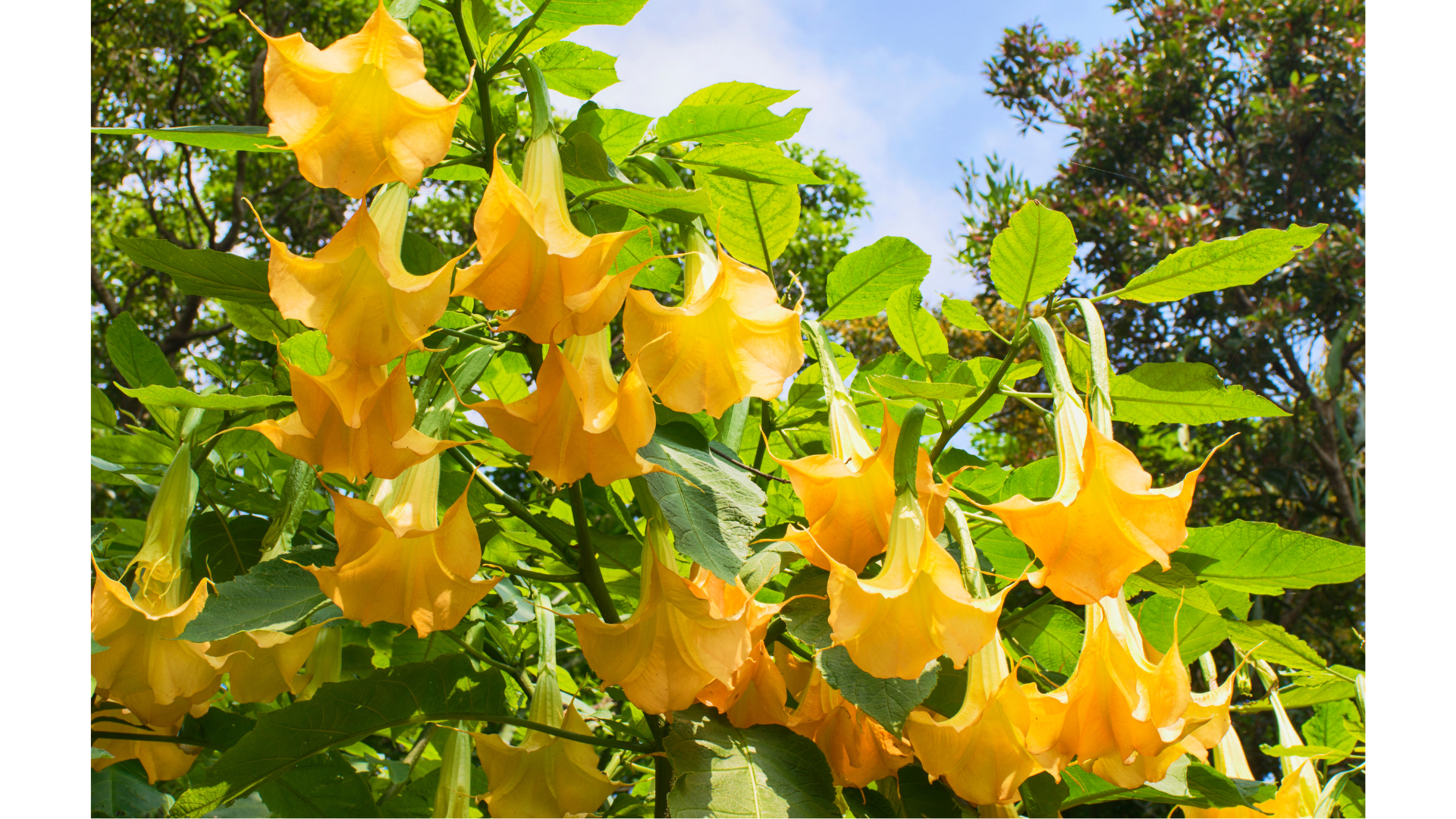
Share
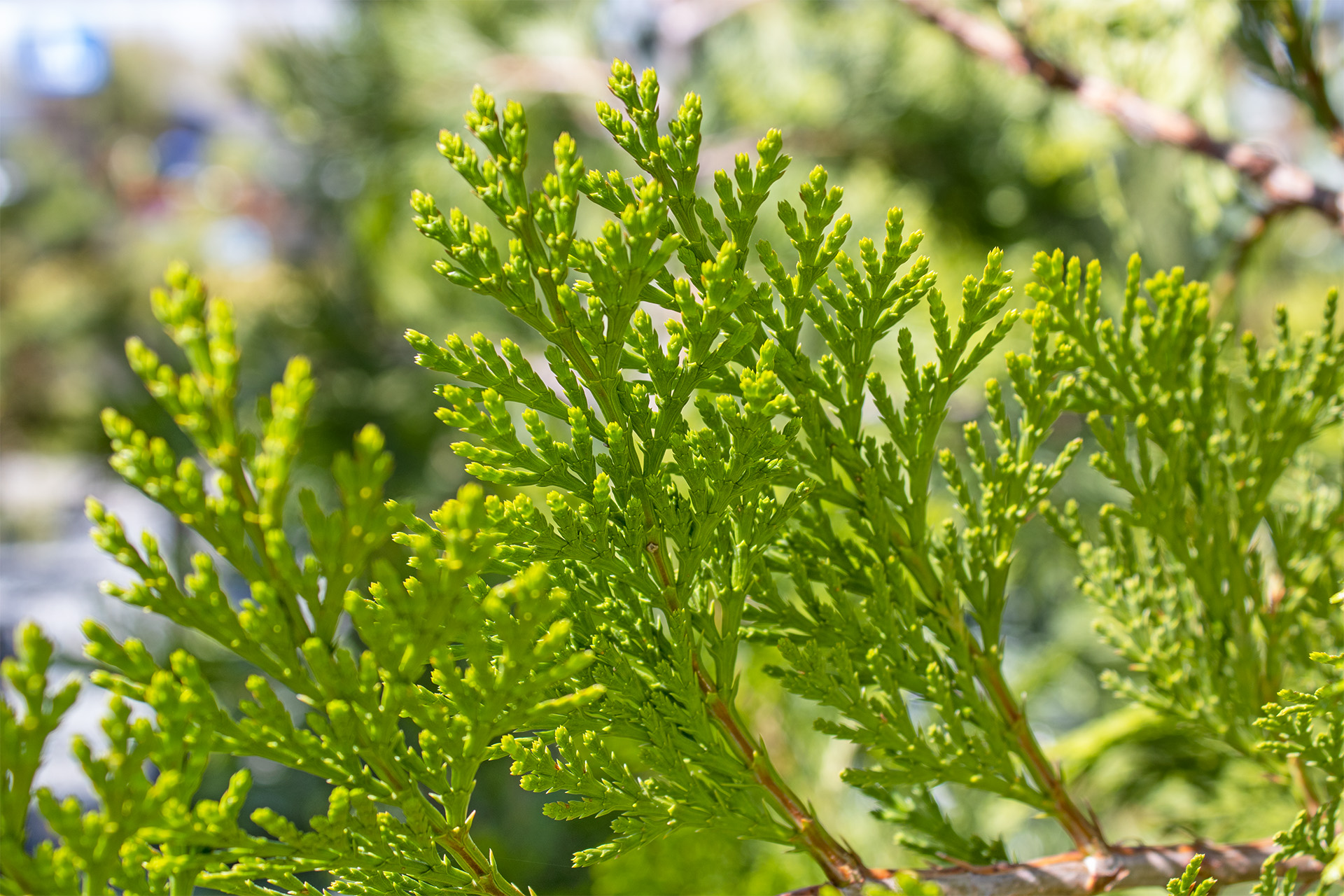
With its graceful shape, aromatic wood, and vital ecological role, the Incense Cedar is more than just an attractive tree—it’s a fantastic addition to any garden in the high desert.

The Sun Valley Red Maple is not just another tree—it's a resilient, seasonal beauty that thrives in the high desert, offering you years of color and grace in your landscape.

Whether you’re looking to enhance your garden with a striking ornamental tree or want a compact, resilient option for smaller spaces, the Snowdrift Flowering Crabapple tree is a fantastic addition to your landscape.
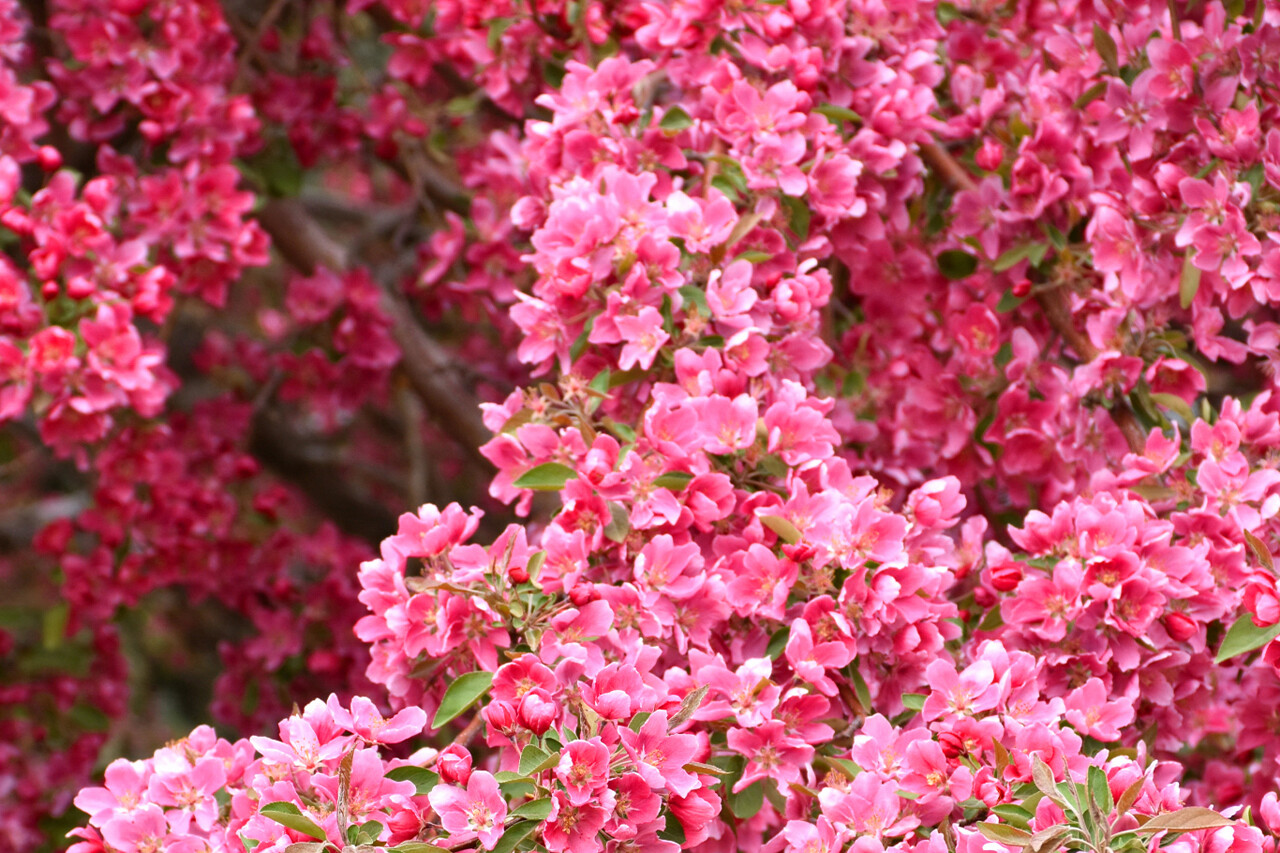
Whether you're planting in a small yard or looking to enhance your landscape with a versatile, low-maintenance tree, the Prairifire Flowering Crabapple tree is a perfect choice for the high desert.
